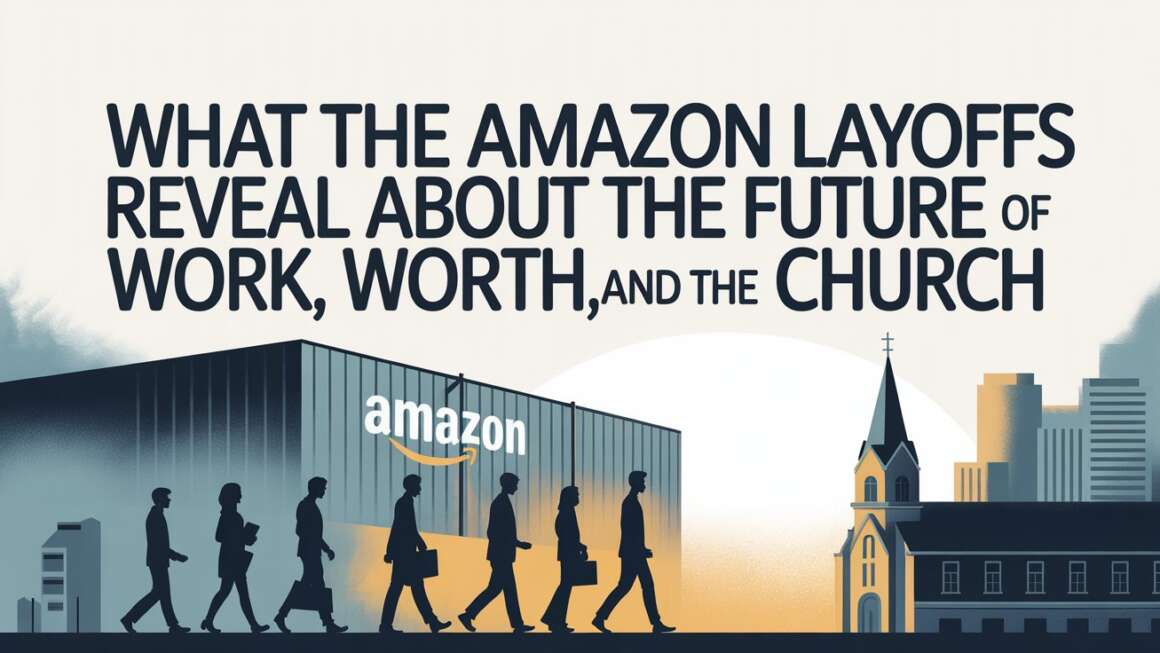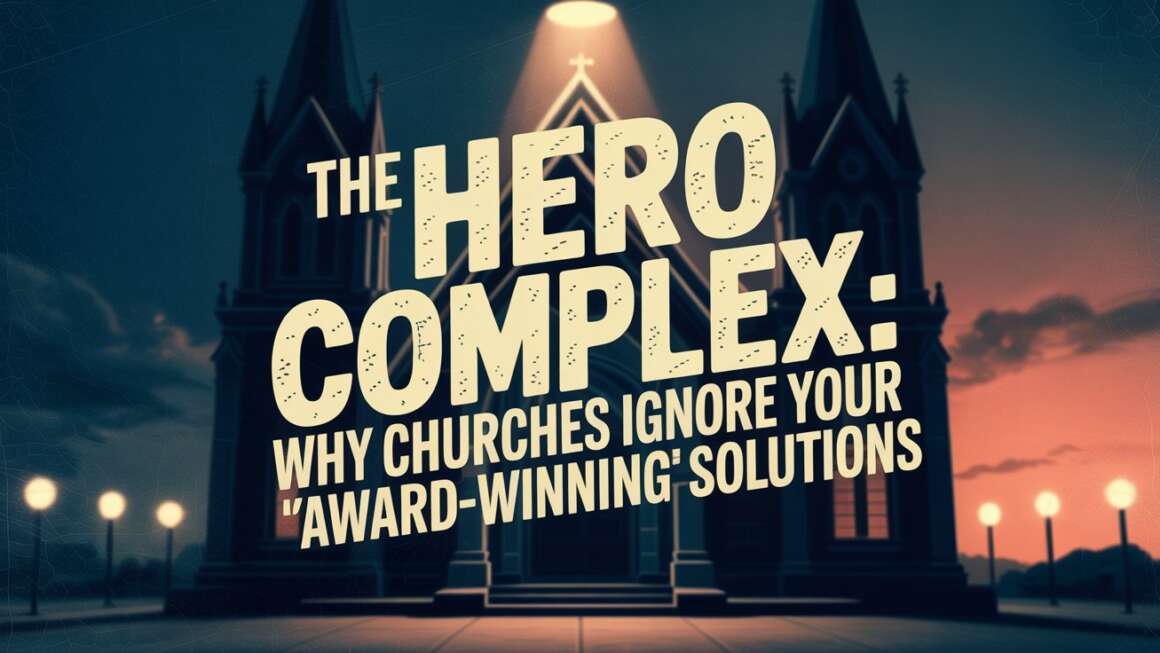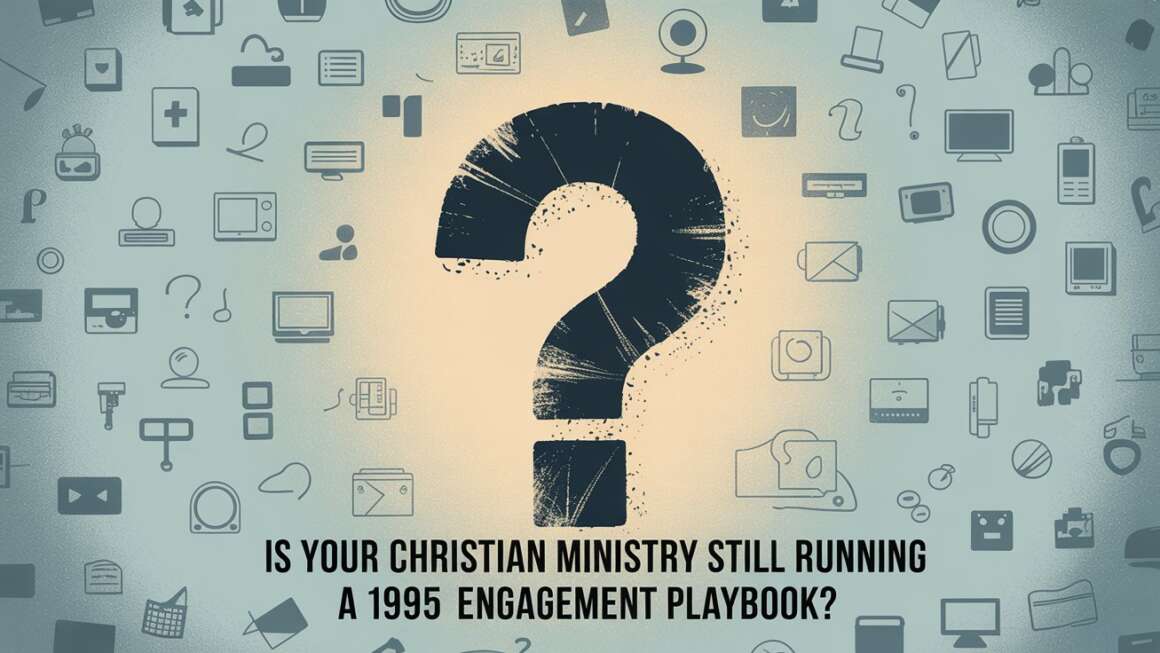Recently, Richard and I have been making varied observations about the State of Giving in our culture. Both to non-profits and the Church.
There seems to be a couple of trends taking place, and many organizations are at risk of being caught in the intersection of some of these trends if they don’t wake up to it.
So today, we decided to record some of the conversation and reflections we’ve been continuing to have on generosity, giving, offering & tithing, and the Church so that we could invite you into the conversation.
Are we on the mark? Are we totally off? We’d love to know. Drop a comment and help steer us in the right direction.
It’s a conversation topic that isn’t going to go away soon between the two of us, and we hope you’ll be a part of it. Perhaps some good will come out of it. We certainly hope so as we begin in crystalize some of our observations, insights, epiphanies, and perhaps practical prescriptions for any organization out there that might be a willing conversation partner.
Someone has to start talking about this stuff. Why not you and us?




Appreciate y’all having this discussion publicly and inviting us to participate. 🙂
Here is our firm belief … church giving is going mobile (obviously).
We wrote about it in these two posts (and many others):
https://blog.tithe.ly/making-the-case-for-church-mobile-giving-in-3-mindblowing-charts-3e5258c57f77#.lj6pzsw8a.
https://blog.tithe.ly/how-many-of-your-church-members-slept-with-their-mobile-phone-last-night-2e0bf020bc87#.d36omwvue
If you combine technology innovation and consumer behavior you quickly find your self in a situation that demands mobile giving for churches — most members sitting in a chair on Sunday are already using their mobile device to pay bills, buy coffee, check into a flight, and much more.
Sure, not everyone will give through their mobile phone yet … in fact … it will likely take 20 years because of the pace at which the church changes. That said, it will happen. And those that wait 20 years to change will find themselves way way way behind the curve.
Plus, going mobile now is a way to engage younger folks, techie folks, forward thinking folks, and others. Remember, Paul said we’re to be all things to all people so we might win some. Connecting w/ people through technology in order to build their relationship with Christ, at the end of the day, is a good thing.
Coins served their purpose. Cash did as well. Checks came on the scene and ruled for a while. Online giving even poked it’s head out for a bit , but now mobile giving is going to take church giving by storm … because it’s much more inline with giving “in service” while passing the plate. I can just pull out my phone to give as the plate comes my way!
You also talked about text-to-give … which we think is fantastic. At least half of the churches using Tithe.ly opt to use this method of giving in addition to our mobile app and online giving tools. At the end of the day a native app, responsive web form, and/or text… are all MOBILE… and that’s the real secret sauce.
In terms of what we’re thinking about now … is recurring giving! We think that’s the real key to everything. https://blog.tithe.ly/how-many-of-your-church-members-slept-with-their-mobile-phone-last-night-2e0bf020bc87#.d36omwvue 🙂
Ping us when the next episode goes live … and let us know when you’d like us to jump on video w/ y’all!!!
#DEFINITELY YES
NICE – plenty to think about.
The embeded giving concept / model is something that certainly has a lot of merit.
One question is web vs mobile-friendly/aware web vs mobile app. Which will win in the end? The thought of downloading a dedicated app just to give to the church doesn’t feel like a smart bet for the future.
Utilizing Venmo or other methods attendees are already using in their lives for money just seems better. But because there’s no big winner yet where the *clear majority* of attendees commonly utilize, the fragmentation makes the current focus / search default back to mobile giving via text or a hybrid solution which really gets confusing.
Our church currently offers paypal, regular credit card transactions, e-check, mailed payments, etc. I’m tired just trying to recall all the options!
Hey guys! Thanks for pinging us on Twitter to get our take on this important discussion. You asked 3 very specific questions, so I’ll try to answer them the best I can!
Question 1: “Is the offering plate a sustainable model for the future?”
What can we do to remove friction from the act of giving? That’s the thing we think about every day here at Txt2Give. When someone is ready to give, we have to make sure the door is wide open.
Whether it’s an offering plate, a bucket, or a text message, they’re just a means to an end; a mechanism that allows us to transfer God’s 10% back to Him in an act of worship.
A problem arises however when that mechanism is mismatched with societal norms. A barrier can be put in place for the person giving that needs to be overcome, and in some cases it can block the transfer from taking place altogether. We’re reaching an inflection point where this is starting to happen more and more often, and this was the catalyst for Txt2Give.
To answer your question directly, I’d say no. The offering plate isn’t sustainable for the future, but I wouldn’t recommend churches toss it away just yet. As long as cash and checks are around, the church will still (hopefully) accept them. Maybe the offering plate just transforms into an offering box that lives at the back of the auditorium though, instead of being passed through every row.
Question 2: “Why don’t churches adopt credit card giving?”
The biggest reason we’ve heard here is that churches don’t want to encourage debt. I can get on board with debt discouragement. But what I disagree with is the notion that credit card giving should be completely ignored because of that. If a person is responsible enough to put everything on a credit card and pay it off at the end of every month, why should a church put up hurdles for them to jump over because of a blanket decision to not accept credit cards?
I think there’s a good compromise, however, and it’s something we offer our customers. With our giving platform, you can restrict cards to Debit only. This still allows people to pay with a card, something that’s familiar to them, and satisfies the requirement of debt discouragement. It’s a win-win.
The second biggest reason we’ve heard for not allowing credit card giving is the high transaction rates associated with processing cards. We’ve also fixed that issue here! We offer rates that average 1.75% per gift for any church no matter what size they are or how much volume they do.
With these two things in place, there’s really no reason why credit card giving should be an issue any longer.
Last question: “Should the church give talks about improving personal finances or not?”
I’m not a pastor and don’t play one on TV, so I can only speak from the perspective of a person who attends church, but I would say yes! There are many areas of a person’s health, and finances are one area. If the Church has an interest in helping us become healthy individuals as a whole, and stay that way, it only makes sense that they talk about this. I’m personally grateful for the financial sermons I’ve heard over the years, and they’re always a good reminder if I’m getting off track.
Thanks again for this great discussion! I’m looking forward to hearing more from you two.
I love so much of your response here.
Question 2 regarding credit cards is an interesting obstacle since the “end user” (the church) and the rationalizations make any outside suggestion self-defeating without addressing the weakly constructed assumptions / assertions.
Question 1 regarding looking at the offering plate as the fundamental business model for “revenue” for a church’s sustainability is such a fascinating one. This past weekend, I visited a church that has an entrepreneurial bent. They built a (charter) school on premises and then spun it off. The revenues they collect from the school/state for the lease/operation is a significant contributor to the overall operating budget of the church. Cash cows like that (essential real estate or other enterprises with recurring revenue potential) could be something that many churches consider to not only close the gaps, but perhaps become fully funded. When that happens, it has plenty of implications on the teaching and actual experience of tithing as a church goer.
Thanks for chiming in — Let’s keep the conversation going!
I’ve never met one single person who built up credit card debt because they gave too much. 🙂